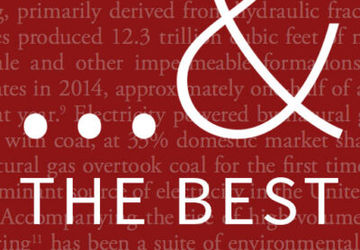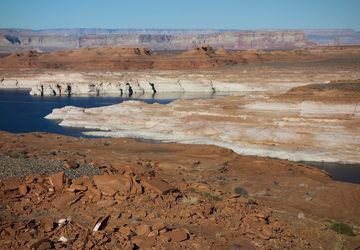Amanda Campos explores the Trapper's Loop Trail to take photos for a storymap she will be creating for the Santa Lucia Conservancy during her internship. Photo by supervisor Alix Soliman.
Amanda Campos
Hometown: Weston, FL
Major: Earth Systems & Public Policy ‘26
Internship: Santa Lucia Conservancy
A summer as a conservation outreach intern at the Santa Lucia Preserve
This summer, I have been working for the Santa Lucia Conservancy, the nonprofit organization charged with protecting the astounding biodiversity of the Santa Lucia Preserve. This 20,000-acre preserve, with its impressive mountains and numerous streams, contains 12 different habitats, threatened and endangered species, as well as over 300 home lands. In fact, 10% of the preserve is reserved for these residential lots, giving rise to a unique system in which people coexist with protected lands. This is where the Conservancy comes in: its amazing staff actively safeguards and manages the rest of The Preserve.
As the Conservation Outreach Intern, I have been employing my environmental communication and photography skills to make an interactive StoryMap featuring over 80 species at The Preserve, broken down by habitat. The research that went into writing about these animals, plants, and fungi was really interesting–one of the most fun writing projects I have done. Once or twice a week, I go out to The Preserve and take photos of critters, flowers, oaks, forests, and much more. I occasionally shadow staff too–I went on a butterfly count, a sudden oak death sampling day, and other trips. These allowed me to gain insights into field science that I would not have otherwise. I will definitely be much more appreciative when reading environmental research papers in the future, for the data collection behind them is far from easy.
Although there have been various memorable moments, I would say that the simplest ones will stay at the forefront of my mind–the lunches I shared with coworkers, my jogs in the nearby parks, some unexpected wildlife encounters. A California scrub jay named Riley is a frequent passerby at the office, and one time stole a whole toast of peanut butter when we made the mistake of leaving the kitchen door open. Seeing and hearing great horned owls was also pretty unforgettable–my supervisor enthusiastically ran towards the trees and took as many photos as she could.
Of course, challenges are inevitable, but can be highly instructive–the roadblocks I have encountered have ultimately made me a better environmental communicator. Plus, whenever I feel like yelling at glitchy ArcGIS maps, for example, there is always someone that can support me or at least yell at my computer screen with me. Amidst laughs, ecology lessons, and meeting icebreakers, the staff here has been really cool to be around. I have also gained a lot of insights into The Preserve’s hybrid system, and the efforts that go into making sure that human–nature relationships are balanced and environmentally sound.



